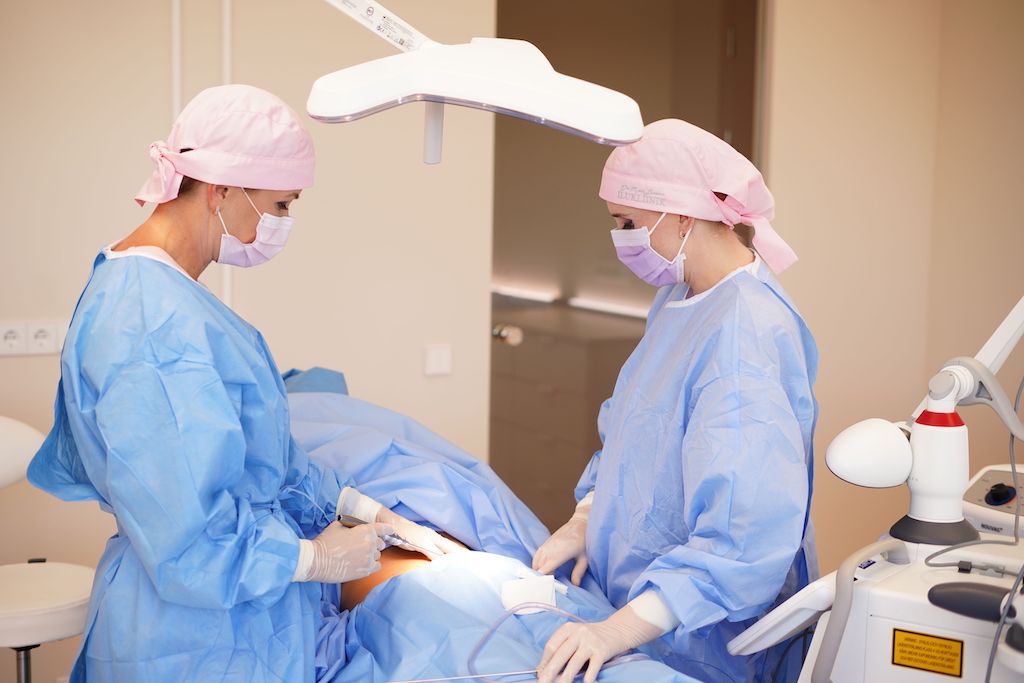What is hyperhidrosis?
Primary hyperhidrosis is a condition in which a person sweats more than necessary for normal body temperature regulation.
It is estimated that up to 3% of the global population suffers from significant excessive sweating. Some studies suggest that around 25% of people consider themselves to be “heavy sweaters” in certain situations.
The condition typically begins in childhood or adolescence and is most commonly seen on the palms, soles, or underarms.
Generalized (diffuse) sweating that begins later in life usually has a specific underlying cause (secondary hyperhidrosis), such as hormonal or tumor-related conditions, and does not respond to botulinum toxin treatments.
What is laser treatment for hyperhidrosis and who is it for?
Until recently, the most effective treatment has been botulinum toxin injections, which block nerve signals to sweat glands and typically reduce sweating for 4–12 months.
However, for those seeking a permanent solution to underarm sweating with just one session, laser treatment offers one of the most advanced options available today.
An increasing number of medical professionals recommend Nd:YAG laser therapy for axillary hyperhidrosis, due to its simplicity, speed, and low risk of complications.
Laser treatment for axillary hyperhidrosis is a safe, effective, and minimally invasive method that offers long-term results. Compared to other surgical techniques, it involves less scarring and shorter recovery time.
At our clinic, we use the Fotona Dynamis laser (1064 nm Nd:YAG) to permanently destroy underarm sweat glands by selectively heating the glandular tissue without damaging the surrounding structures.
The treatment is performed under local anesthesia and typically takes around one hour. Studies show a patient satisfaction rate of approximately 86%.
How does the laser treatment work?
Step 1: Marking and Local Anesthesia
The treatment area is marked, and local anesthesia is administered using a technique called tumescent anesthesia. A thin cannula delivers anesthetic fluid beneath the skin to ensure the procedure is safe, painless, and effective.
Step 2: Laser Application
A fine optical fiber is inserted beneath the skin. The QCW 1064 nm Nd:YAG laser beam is delivered through the fiber to thermally destroy the sweat glands.
Step 3: Gland Removal
The destroyed sweat glands are gently extracted using a specialized cannula.
What is the recovery time?
- The procedure takes about one hour, and patients can typically return to daily activities immediately.
- Swelling, bruising, or discomfort may occur and usually resolves within one week.
- Full recovery is expected within approximately two weeks.
- For one week after the procedure, we recommend avoiding saunas, baths, swimming pools, and intense physical activity.

